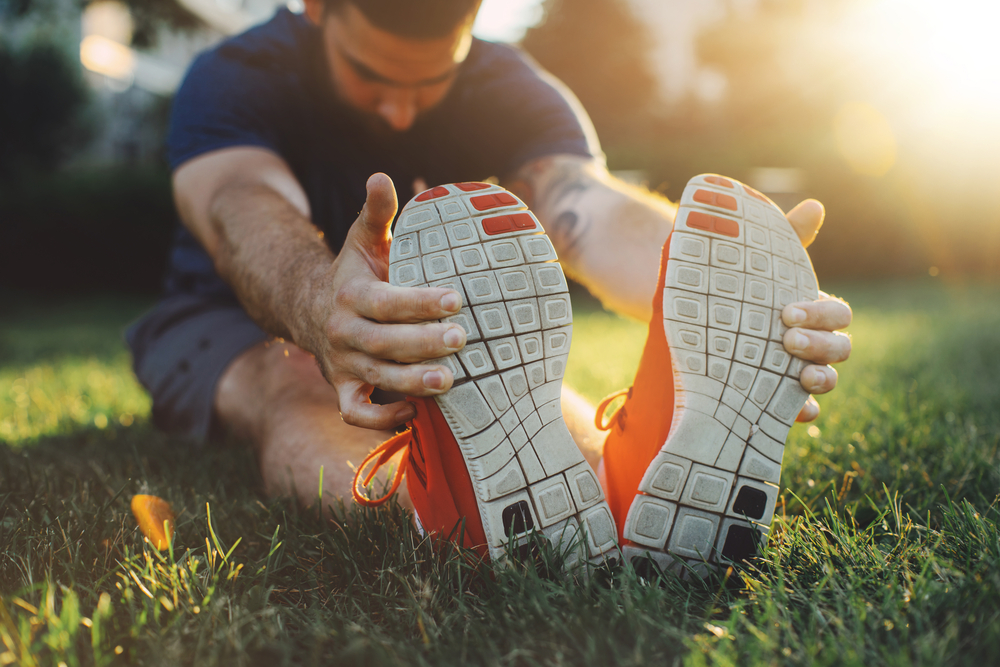
27 Aug What’s the Real Deal with Post-Exercise Stretching?
After an exercise session, the body undergoes two vital processes – it RECOVERS, and it REMODELS. What is the difference between these two processes and where does stretching have a place? We take a look at the science behind your bodies different processes, when these different processes should be employed, and who would benefit from them.
RECOVERY
During exercise our muscles utilise fuel sources in the body to perform the work required. As a result of breaking these fuel sources up into usable chunks, waste products are produced and stored in the muscle cells. The physical work performed by the muscles also leads to a disruption in the muscle fibre structure through multiple micro-tears. Recovery is the process whereby the muscles reset in preparation for your next exercise session; the cells are cleared of the waste accumulation and micro-tears are repaired. Recovery is the key event required to repair and rebuild your muscles between exercise sessions and is vital for athletes with demanding training sessions. There are a number of well-researched strategies that have been shown to help maximise this recovery process. Surprisingly, stretching is not one of the processes which aids in recovery.
REMODELLING
When we exercise, our bodies adapt to the exercise stressor by changing our muscle structure and physiology. This change in muscle structure is known as remodelling, and it is this remodelling that leads to all the positive benefits of exercise. Remodelling is the process that leads you to become fitter, stronger and healthier as a result of the exercise you are doing. Similar to RECOVERY there are a number of scientifically backed things you can do to aid your bodies remodelling ability.
These include proper nutritional intake, massage, sleep and stretching. The most notable benefit of muscle stretching exercises is its ability to improve range of motion flexibility. By improving your range of motion your body requires less energy to perform a movement and with increased flexibility in the joints, you have a reduced chance of injury when performing the movement. Regular stretching over time has also been shown to improve blood flow to the muscles. Improved blood flow to the muscles helps to reduce post-exercise soreness and improved recovery time – all as a result of the greater nutrient supply used to rebuild the muscles.
SO, SHOULD I STRETCH OR NOT?
If you are an athlete preparing your body for its next training session or event then your primary focus is RECOVERY and no, you should not stretch.
If you are exercising to generally be healthier, improve mood or lose weight then REMODELLING is your primary focus and yes, you should stretch. Stretching will assist your muscles remodelling, improve your range of motion and blood flow, all of which are extremely beneficial in the long run.



No Comments